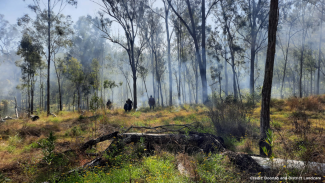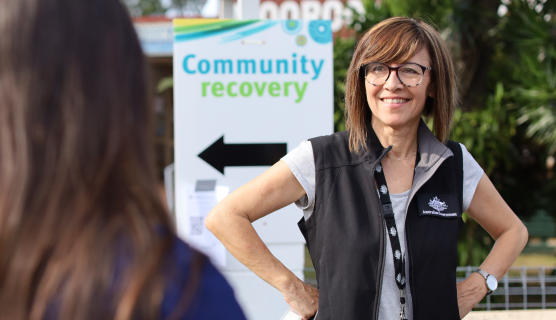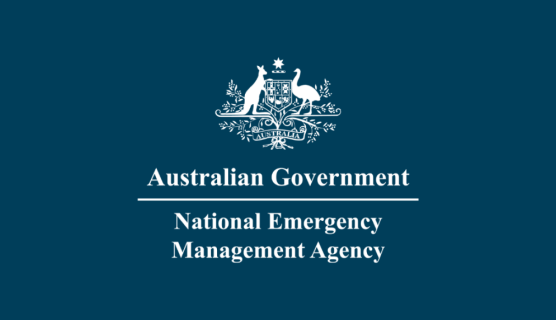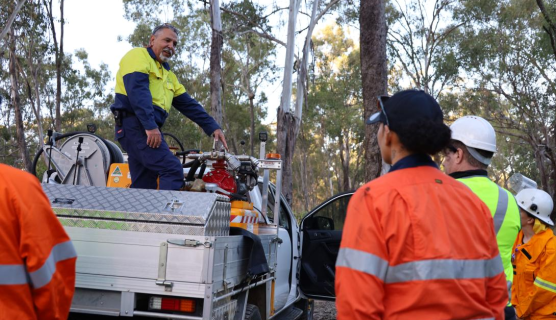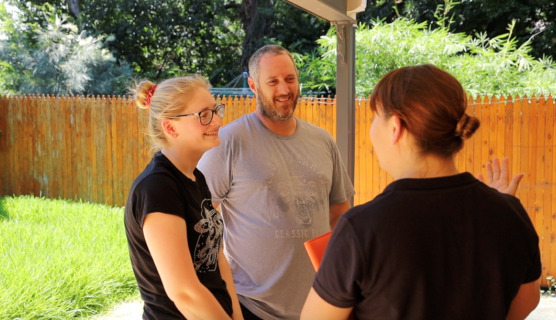Each year bushfire season is accepted as part of our Australian experience, with wildfires devastating communities and vast areas of bushland. Right now this may seem unlikely after all the floods in Eastern Australia this year, but the fall out is that all the rain will generate significant bushland growth, providing a lot of potential fuel as we head into bushfire season.
This is the prediction of Leeton Leigh, the South East Queensland Coordinator for the Firesticks Alliance Indigenous Corporation who said that within his region, post all the recent rain, the landscape was “gearing up” to have the same potential risk as the devastating 2019/20 bushfires.
The Firesticks Alliance provides Indigenous leadership, advocacy and action to protect Country through cultural fire and land management practices, which have reduced bushfire risk in Australia for 50,000 years.
50,000 years of effective land management
We were privileged to be Welcomed to Country by Traditional Owner, Lakota Thompson and witness a cultural burning workshop led by Leeton to learn about the practice and get a closer look at how this fire method helps prevent uncontrolled bushfires.
Leeton was working alongside Traditional Owners from Wirrinyah Conservation Services on Yuggera Country near Boonah, Southern Queensland. Those attending the cultural burning workshop spanned local property owners, Landcare representatives, and workers from Bunya People’s Aboriginal Corporation.
Attendees were keen to build on their own skills and learn more about this practice that has been an integral part of Aboriginal culture for tens of thousands of years.
Like vacuuming the forest floor
Through the workshop, Leeton stepped through what happens before, during and after a cultural burn. Leeton lit a number of small patches of grass and talked about how this will help revive native plants to flourish and push out introduced species.
The small fires are designed to burn slowly enough to allow insects and animals to escape and wildlife like birds recognise the practice and hang around to be rewarded with an opportune meal. He said cultural burns were like giving the forest floor a good vacuum to allow the right vegetation to grow, that in turn also brings native animals.
He also reaffirmed that the timing of the burn was so that the bushland holding so much moisture had time to dry out – these burns are often called “Storm Burns” as they take place after a storm or significant rain event has taken place.
Jake Anderson from Wirrinyah also helped facilitate the workshop. He demonstrated from the previous day’s burn where flames were kept low so the tree canopy did not ignite and only the outside of the bottom bark of the trees was burnt. Both Jake and Leeton spoke of the importance of how cool burning supports soils to improve, retain all the essential native seeds and enables them to hold more moisture.
